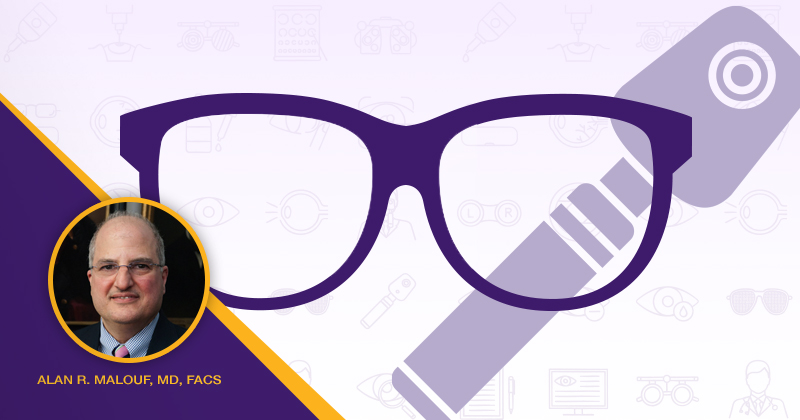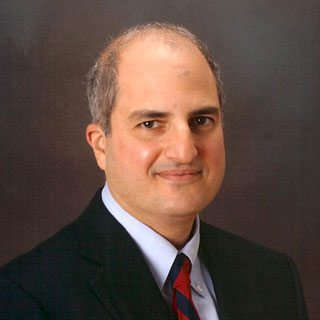Creating Efficiencies With an Ophthalmology EHR System

Four reasons EHR systems are an essential tool for today’s practices
From the perspective of creating or improving efficiencies, ophthalmology electronic health record (EHR) systems are an essential tool for today’s ophthalmological practices. This is especially true when you consider their usefulness from four perspectives: improving patient care, use of staff resources, compliance with healthcare regulations, and lowering costs.
1. Improving Patient Care
Most of us can relate to the challenges of reviewing handwritten records, looking at other practices’ notes and trying to decipher unintelligible handwriting in an effort to better understand what is going on with the patient and his or her treatment plan. Moreover, paper records often can be misfiled or only stored locally in the office. Therefore, from a patient care perspective, ophthalmology EHRs, which are legible and can be accessed and sent to other providers, clearly have an advantage when it comes to improving patient care.
Our practice used to scan paper charts into computer folders as PDFs. Although these were easier to navigate than plain hard copies, significant parts of a patient’s ocular history could be overlooked if they weren’t carried forward by the technician. For example, my handwriting was legible only to me and certain staff technicians. Now that we have been utilizing EMA for ophthalmology from Modernizing Medicine, those issues no longer pose a challenge to our practice.
2. Maximizing Staff Resources
Maximizing staff resources and reducing redundancy are key advantages of ophthalmology EHR systems. With EMA, there is a reduced need for transcription services because communications with other doctors are generated within and sent in one click through our system. Similarly, writing and sending prescriptions for medications and eyeglasses can be accomplished by pressing a single button in the EHR system.
In addition, we no longer need a staff member to monitor biopsies sent for analysis, as EMA can specifically track those results and prompt our staff with an alert on the computer’s home screen. We no longer have to spend time pulling files or writing down phone messages, and patients have direct access to their medical records through a portal, eliminating the need for a file clerk.
Preparing each paper record had been a time-consuming nuisance in the past, but now with EMA, prep time for a patient visit is nearly eliminated — the patient’s medications and medical history can be carried forward with ease.
3. Meeting Regulatory Guidelines
From a regulatory standpoint, paper records often are inadequate for insurance and government reimbursements. With regard to specific regulatory requirements, including reimbursements, MIPS, and MACRA, our ophthalmology EHR system helps us do this automatically. Together with IRIS Registry in our practice, we have been able to stay in compliance with far less difficulty than when we were still operating as a paper-based practice. Before we acquired EMA from Modernizing Medicine, an administrator spent most of her time dealing with compliance issues. Now with EMA, compliance can be automated.
4. Lowering Costs
As with most technological advancements, there are up-front costs associated with switching to an ophthalmology EHR system. In our case, those costs included upgrading our Internet service and local computers, in addition to purchasing iPads for the technicians and myself. With a staff of 10 — four technicians, three front office staff, our director of operations, and our practice administrator, in addition to myself — that can be quite an investment.
On the other hand, our cloud-based EHR system has helped us to lower our overall costs. We no longer sustain ongoing local storage costs; therefore, maintaining and upgrading a local server is no longer an issue. And, as mentioned previously, we no longer require transcription services, file clerks, prescription writers, or other staff.
Indeed, EMA by Modernizing Medicine is especially useful and cost-effective for single-practitioner practices like ours that do not employ scribes — the interface is so intuitive that it can be managed on the fly by the practitioner while still focusing on patients.





